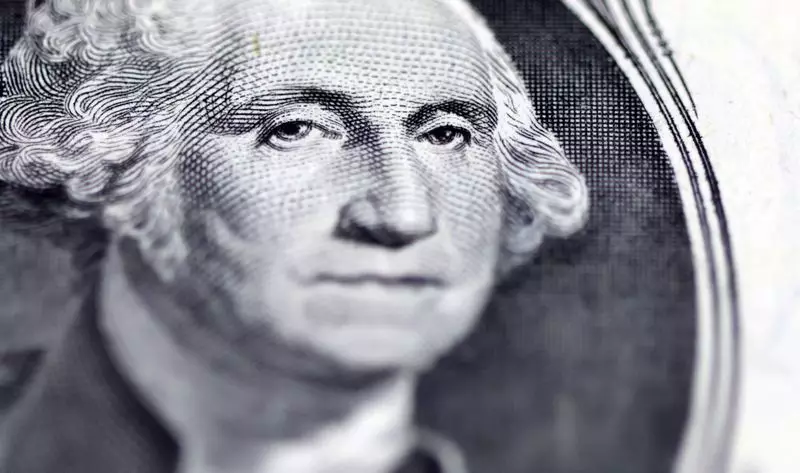Recently, the U.S. dollar index has experienced a remarkable surge, climbing to levels not seen in several years. Specifically, it rose by 0.5%, reaching 109.67, while briefly touching a peak of 109.91, the highest since November 2022. At first glance, this might seem like a sign of robust strength and confidence in the dollar’s potential. However, a deeper analysis reveals the complexity behind this trend and suggests that this surge may be unsustainable in the long term.
Many analysts, including Chester Ntonifor from BCA Research, interpret this rise as the market’s pricing in of what has been termed the “Trump Trade.” This phrase encapsulates the volatility and unpredictability that surrounded Donald Trump’s presidency and its impacts on various market sectors. Ntonifor’s warning to start selling the dollar if a significant threshold at 110 is breached signals a critical turning point. He argues that market participants may have already factored in most of the potential upside from Trump’s policies, leading to an oversaturated valuation of the dollar.
This phenomenon is crucial for investors to consider. The market often reacts to political developments with enthusiasm, but such exuberance can lead to steep corrections when the reality of economic performance fails to meet expectations. Relying on a single trade narrative without considering broader economic indicators may result in significant losses.
Further complicating the dollar’s outlook is the concept of global economic growth. As Ntonifor explains, a slowing global economy combined with the perceived aggressiveness of the Federal Reserve’s policies may have created an environment where the dollar is overvalued. Investors are cautioned that this scenario suggests a potential shift toward a bearish stance on the dollar. The phrase “slowing global growth” is particularly significant, as it indicates that external factors could heavily influence the dollar’s future, rendering its current highs unsustainable.
Moreover, Ntonifor’s observation regarding U.S. inflation suggests that the recent strength in inflation—one of the driving forces behind the dollar’s rise—might be nearing its peak. If inflation begins to stabilize or decrease, the dollar could face a substantial decline in value.
While the U.S. dollar’s recent ascent might appear impressive, it is essential for market participants to approach this situation with caution. Identifying that we may be entering a phase where the dollar’s advantages have already been factored into market prices can help investors make more informed decisions. As we monitor economic indicators and political developments, the argument for a potential downturn in the dollar becomes increasingly persuasive. In an unstable investment landscape, informed discernment will be critical for navigating the complexities that lie ahead.

